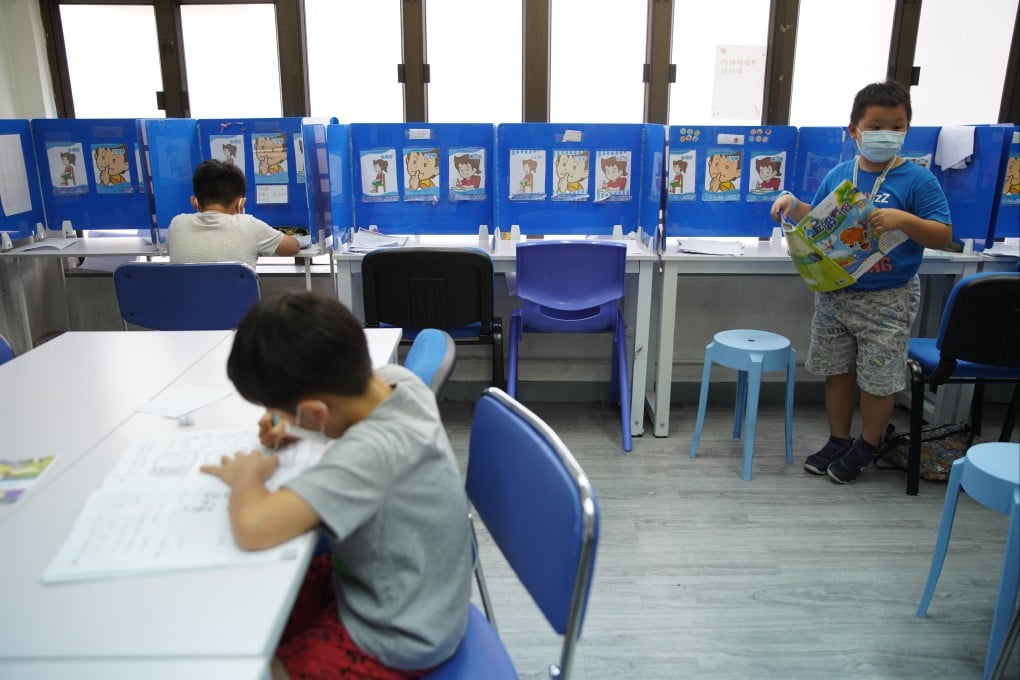Opinion | How AI can help solve Hong Kong’s education inequality problem
- An adaptive, AI-powered tutoring system can assess a student’s current understanding of a subject and generate customised content to address knowledge gaps, helping students better understand complex concepts and increase their interest in learning

A key aspect of addressing this inequality is the involvement of parents in their children’s learning. Research has shown children perform better in their studies when parents are actively involved.
The percentage of students receiving private tuition almost doubled from 34 per cent in 1996 to to more than 63 per cent in 2012, according to research by the Hong Kong Federation of Youth Groups. However, the reliance on private tutoring also highlights the existing gap in education inequality as less-privileged students struggle to keep pace.
My recent visit to a primary school in Ngau Tau Kok with a diverse student population – including children from different countries, cultures and religions – revealed the need for a solution to bridge the gap created by limited parental involvement and the high cost of private tutoring after school hours.
